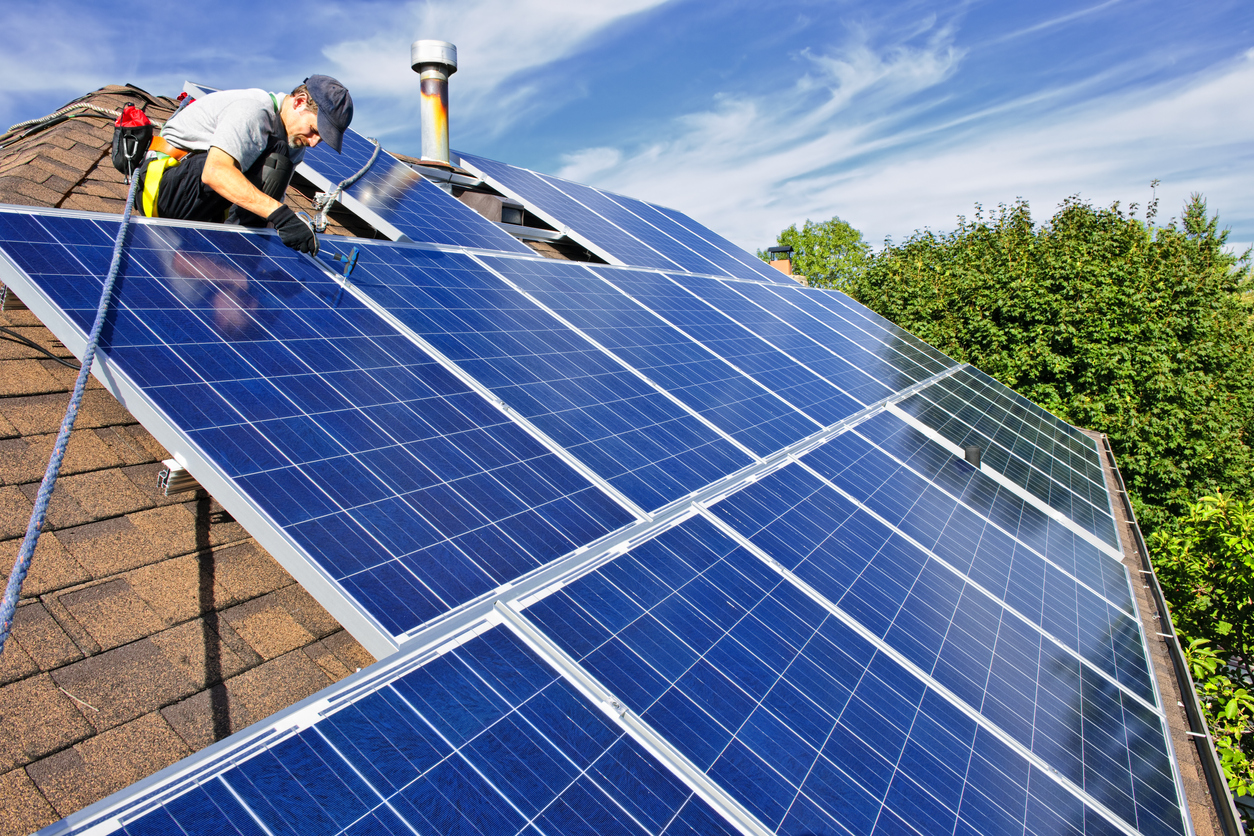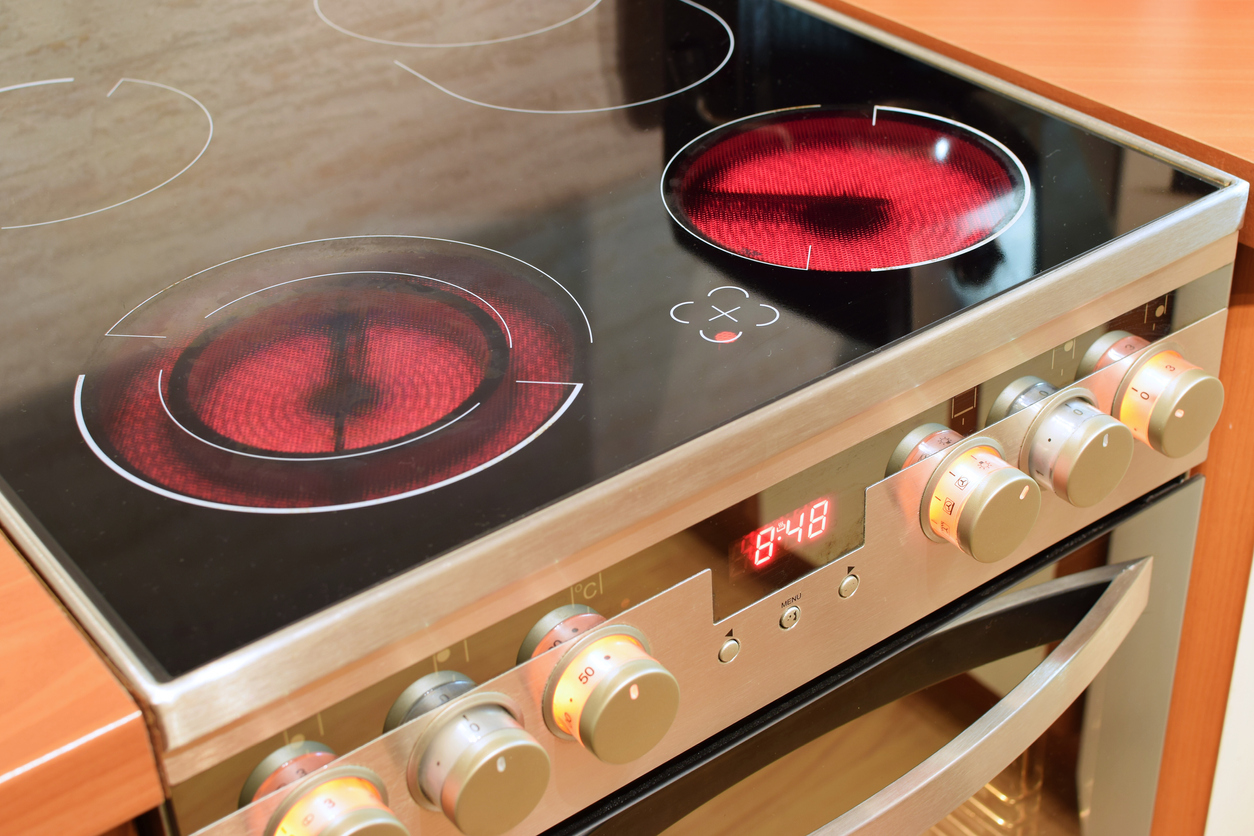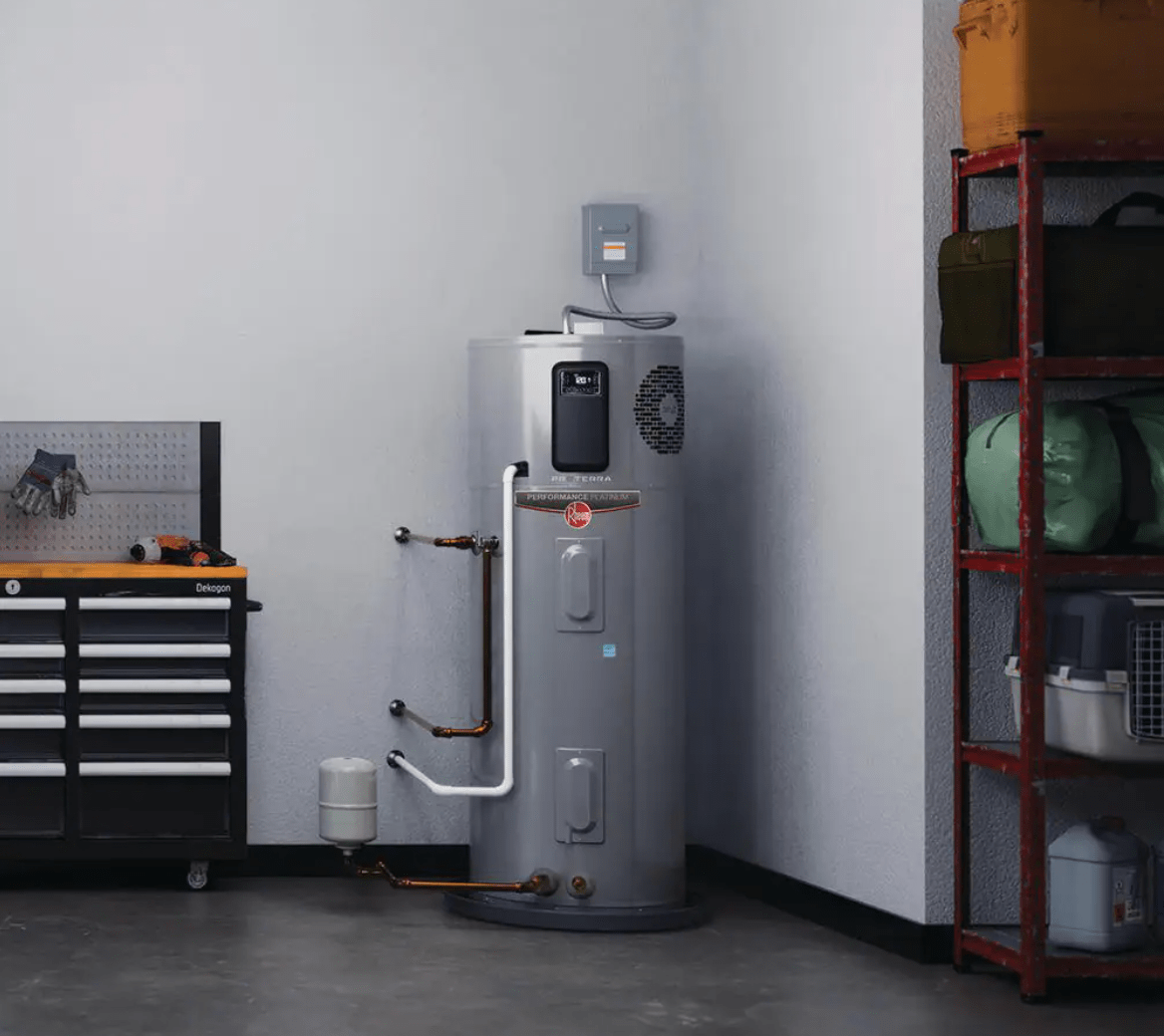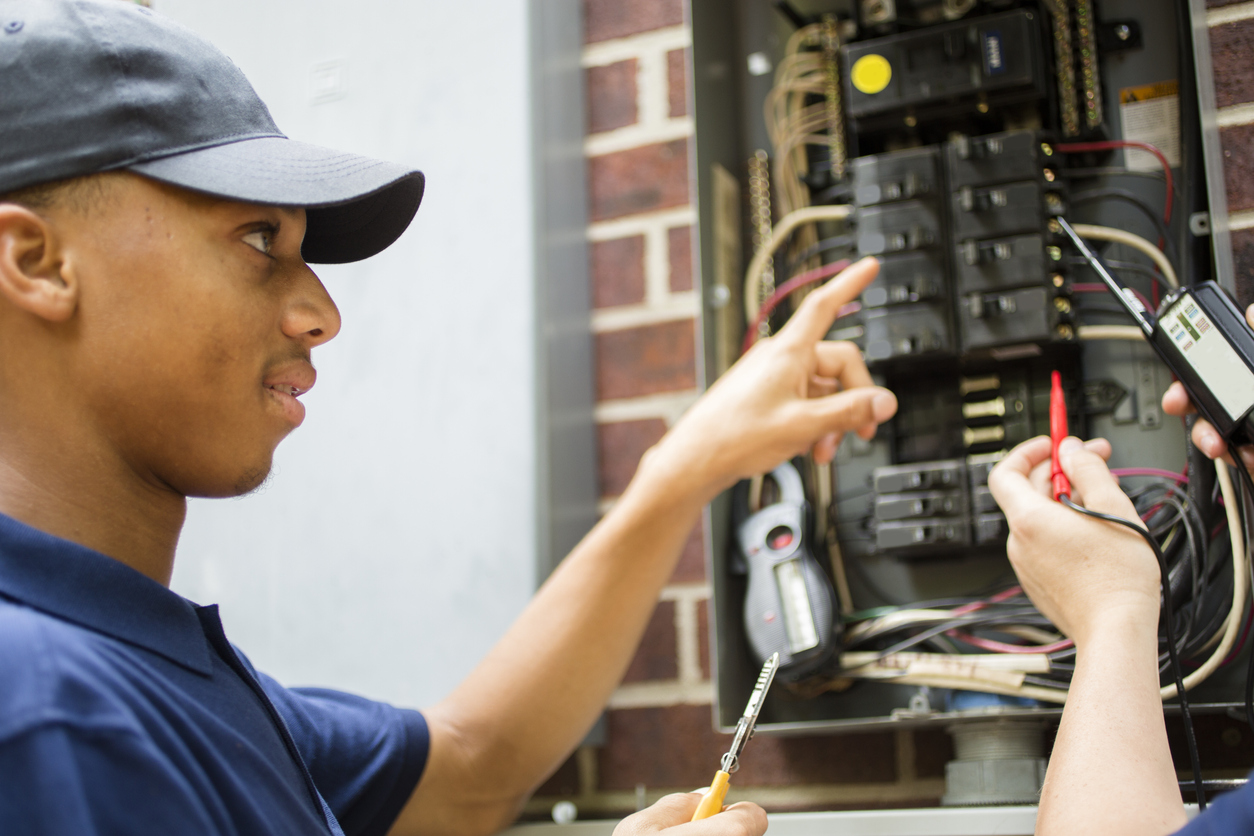

We may earn revenue from the products available on this page and participate in affiliate programs. Learn More ›
The Inflation Reduction Act that was recently passed by the U.S. Congress includes $369 billion for energy security and climate change investments, making it the largest climate bill in American history. Estimates show that it will reduce carbon emissions in the country to 40 percent below 2005 levels by 2030 and bring energy bill relief to millions of households.
The historic climate bill offers various rebates and tax breaks for qualifying homeowners who choose energy-efficient products, making it more affordable than ever to green your home. Savings are estimated to be about $1,800 in annual costs for gasoline and utility bills and can reach over $30,000 after 10 years and $140,000 after 25 years, if a household invests their energy bill savings from making energy efficiency upgrades.
There are many ways to make your home more energy efficient, such as installing rooftop solar panels, buying an induction stove, replacing drafty windows and doors, and more.
RELATED: 5 Ways to Live as Green as Your Grandparents Did
1. Rooftop Solar

The Inflation Reduction Act brings back a 30 percent tax credit for installing residential solar panels. This program is slated to be in effect until December 31, 2034, and solar projects added throughout 2022 will be covered. The tax credit will drop to 26 percent for solar panels added between December 31, 2032 and January 1, 2034. Then it will go down to 22 percent.
Homeowners who install solar battery systems with at least 3 kilowatt-hours of capacity would also qualify for the tax credit. This could result in average savings of $7,000 per home.
Solar energy has many advantages, including being a clean and renewable energy source that helps reduce greenhouse gas emissions. A typical solar panel-equipped home could keep an excess 3,000 pounds of carbon dioxide out of the atmosphere annually. Solar panels also last about 25 to 30 years, making them a good investment over time. Just be mindful that there are several variables that influence how efficient solar panels are, such as your current annual energy use, the solar panel wattage, price of electricity, and materials used to make the panels.
2. Heat Pump

Using a refrigerant and compressor, heat pumps both heat and cool a home. They differ from typical HVAC systems because they use energy to pull outdoor heat indoors using compression and exchange. Heat pumps can not only increase air temperature, but also reverse the process to lower the temperature. This dual process is energy-efficient and can ultimately save money.
With the passage of the climate bill, homeowners can get a rebate of up to $8,000 to install a heat pump. For those who do not qualify for the rebates, the bill also provides a tax credit of up to $2,000 for heat pump installation.
3. Electric Stove

Homeowners can also expect to receive up to $840 to offset the cost of an electric stove, such as a high-efficiency induction range stove. Induction cooktops and stoves are more energy-efficient than older electric or gas models because heat is not lost in the transferring process. Unlike electric and gas stoves, induction stoves use a coil that creates a magnetic field when supplied with an electric current. During induction, only the cookware heats up. This means less energy is used and more money is saved—plus, faster cooking times.
According to the Environmental Protection Agency’s Energy Star program, if all cooktops sold in the United States in a given year used induction technology, the energy cost savings would exceed $125 million and the energy savings would exceed 1,000 GWh.
4. Insulation

One of the quickest and most cost-effective ways to make a home more energy-efficient is to install insulation and seal up drafts. The climate bill offers a rebate of up to $1,600 for this home improvement project. Sealing air leaks with given types of insulation not only makes a home more comfortable, but it can save around 10 percent on annual energy bills. This includes installing weather stripping on doors, caulking around windows, and adding insulation in the attic.
5. Windows and Doors

Installing new windows and doors qualifies for tax credits of up to $1,200 a year. Not only can updated windows and doors improve the look of a house, but they can also help increase energy efficiency. If the entrances to a home have lost their tight seal, this can lead to higher energy use and more expensive heating and cooling bills.
Replace windows and doors if there is air leakage, visible damage or rot on the frame, condensation between panes, or if they no longer open and close easily.
6. Water Heater

Heat pump water heaters, or hybrid electric water heaters, capture heat from the surrounding air and transfer it to a tank to heat water. Energy-efficient water heaters use a third of the electricity and are a third cheaper than conventional electric water heaters. By using less energy to create the same amount of hot water, energy-efficient water heaters conserve resources and reduce greenhouse gas emissions. Up to $1,750 for a high-efficiency all-electric heat pump water heater is offered through the Inflation Reduction Act.
7. Clothes Dryer

Another way to make your home more sustainable is to replace your clothes dryer with a high-efficiency all-electric heat pump dryer. The climate bill offers up to $840 to homeowners for making this upgrade.
Heat pump dryers use about 30 percent less energy than conventional ones. It works as a closed loop system by heating the air and using it to remove moisture from the clothes. Then it reuses the air once the moisture is removed. Look for heat pump dryers that use refrigerants with a low global warming potential.
8. Electric Panel

Replacing your electric panel, or breaker box, can also improve the efficiency of your home. The climate bill includes up to $4,000 in rebates for this electrical upgrade. As one of the most important components of your home and the core of all wiring and electrical features, it’s helpful to make this change before getting new appliances since larger energy loads require an updated electric panel. A new breaker box will operate more efficiently than outdated ones, so powering your home will require less energy. This helps reduce carbon emissions and is less expensive over time.
9. Electric Wiring

A rebate of up to $2,500 for improvements to electrical wiring is also included in the climate bill. Rewiring your house can boost your home’s efficiency by distributing power more evenly. This change helps prevent the potentially expensive short circuits, arc faults, and overloads that outdated electrical wiring can be prone to.
RELATED: 10 Innovative Materials Poised to Make Home Building More Sustainable
